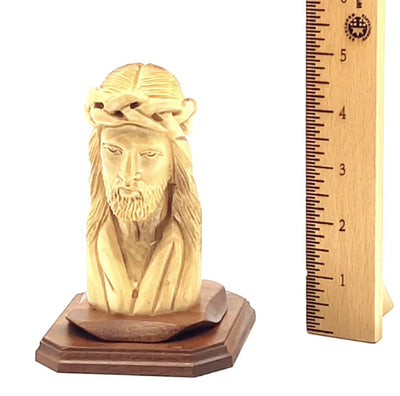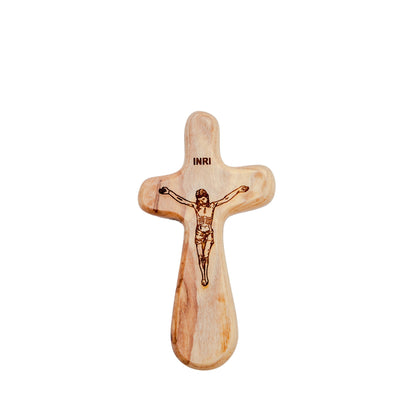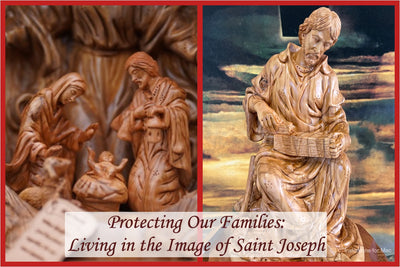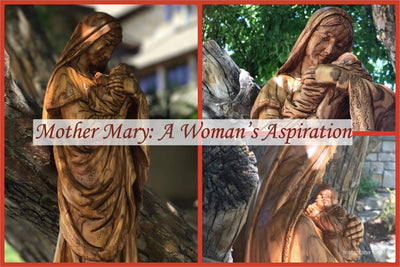Bethlehem
Bethlehem, meaning “the House of Meat” (or special food, not specifically meat as a produce) in ancient Aramaic, was a town of minor significance at the time of King Herod’s proxy-rule under the Roman Empire. The town’s singular claim to historic fame prior to the rise of Christianity was its connection to the House of David, an era long since gone at the time of the birth of Christ. In economic terms, the city was best known as a way station that served as a natural stop between Jerusalem and Hebron due to its abundance of water.
None the less, the town of Bethlehem that the Holy Family arrived in to take part in Caesar’s census was extremely small by today’s standards; hardly more than a cluster of homes and a small market. In fact, Bethlehem’s claim to being a town most likely came from the existence of a village gate, which is today known as the Al-Zararah Arch located to the immediate north of Nativity Church, which has served as the traditional entrance of all religious leaders for Christmas Day celebrations for time immemorial. The Inn that the Holy Family could not find room in was most likely little more than a slightly expanded dwelling meant to service the needs of caravans and passers-by.
Manger
As for the Manger where Christ was born, the traditional imagery of the birthplace of Christ has fluctuated between a cave and a wooden stable of sorts, depending on the culture and the imagination of the artist rendering the depiction of the Nativity.
Our knowledge of the setting of the Nativity of Christ comes from two Biblical sources: the gospels of Luke and the gospels of Matthew. In the second chapter of the Gospel of Luke, which mentions an “inn.” In the Greek which the Apostle wrote, the word can mean either a place with accommodation for paying guests or a waystation for travelers, but it can also mean a section of a home set aside for such purposes as accommodation of a guest.
So was the Manger a stable, a cave, an inn or a home?
In all likelihood, it was a combination of at least two of the four possibilities, if not three or all four. As most structures in Bethlehem were traditionally built into natural caves, and animals were also kept in living quarters for safety and warmth, it would not have been an uncommon occurrence to be quartered in such a location, especially if other out-of-towners had arrived for the official census.
Bethlehem Handicrarfts' Hand-carved Olive Wood Nativity Set (BH 12000): This musical carved box is in a circular motion online available for you. The olive wood carved nativity is made from Bethlehem’s olive wood in the city of Bethlehem. This ancient vivid cave expresses Christ’s birth – indeed, his birth resembles the birth and revive of love, hope, faith and peace. Thousand years ago, this artistic and olive wood cave could portray the Christian history with a wonder of the divine child that is not only religious but also humane as a fact of nature. Of course, the glowing of the star of Bethlehem is the guidance of the Shepherds in the Holy Land for the divine child ‘Jesus Christ’. The most precious Holy land’s gift is yours.
The Church of the Nativity
The Church of the Nativity in modern-day Bethlehem is a structure from the early 4th century AD, built over what has been held to be the place of the Manger. Two locations in the Grotto are held with special reverence: the birthplace of Christ, which was illuminated by the star of Bethlehem which the magi followed, and the place where Christ was wrapped in swaddling cloths – a traditional form of protecting vulnerable newborn infants from the cold – which is but a few feet away. The church is one of the oldest churches in the world, and has undergone remarkably few changes since it was rebuilt in the 5th century AD. Today, the Church is second only in importance to the Holy Sepulchre in the Holy Land, and is visited by millions of pilgrims and locals every year, especially during the Three Christmases of Bethlehem: December 25th (Roman Catholic), January 7th (Greek Orthodox) and January 19th (Armenian).
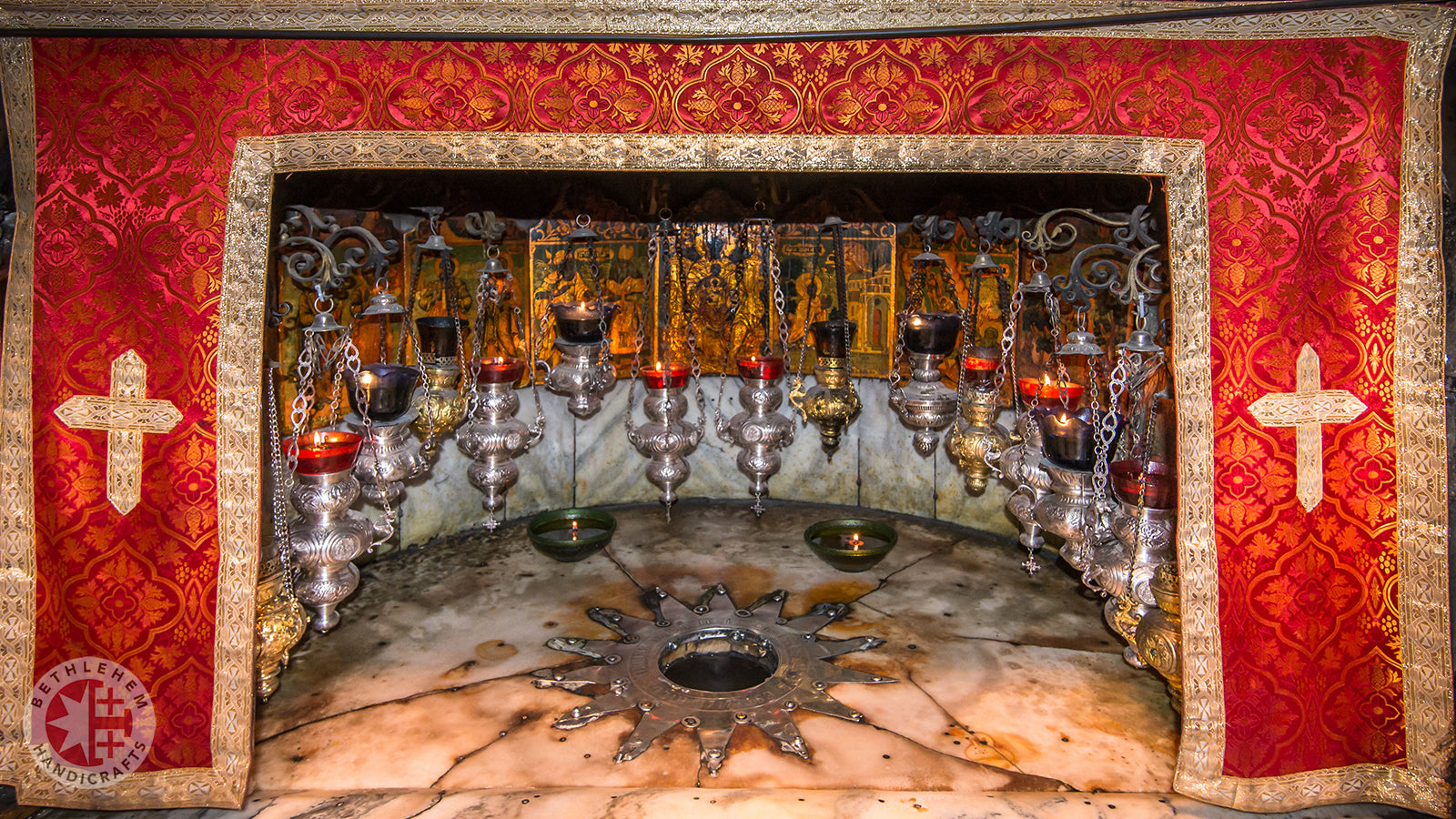 The Fourteen Pointed Star beneath altar in the Nativity Grotto, marks spot of the birthplace of Jesus Christ by the Blessed Virgin Mary
The Fourteen Pointed Star beneath altar in the Nativity Grotto, marks spot of the birthplace of Jesus Christ by the Blessed Virgin Mary
While the Church of the Nativity may not bear much resemblance to a Manger, it still serves as a place of veneration, prayer and contemplation for people the world over who come to the Holy Land to better understand the gift of God’s only-begotten son: Jesus Christ, the Prince of Peace and the Savior of Man.
We, the Bethlehem Handicrafts’ team, are so proud to put the Holy Land in your hand by giving you a variety of the best and the most outstanding original Bethlehem’s olive wood carvings with the best quality made in the Holy Land.
Made by Christian Hands. Loved by Christian Hearts.
Read Now: The Shepherds' Field in the Holy Land

